Purpose
This is a useful exercise in demonstrating the difference between Agile and traditional development environments such as waterfall. It can also help explore concepts such as silo mentality, where each department or team focuses only on their own issues and problems.
The exercise helps teams analyse their performance based on two approaches while going through a fun activity. You can use the comparison and lead them with a discussion on the benefits of Agile practices and how it can help them in practice.
In Traditional methods, specific work is assigned to specific workers with a single role and speciality. In Agile methods, the whole team must take care of the whole work. The hallmarks are communication among team members and iteration in respect with quality control and process improvement as the team moves forward with completing the project.
Consider debriefing the delegates on both Traditional and Agile methods before going through this exercise.
Objective
Produce the highest number of coloured paper cubes using Traditional and Agile methods of development. Compare results.
What You Need
- A4 papers
- Crayons of different colours
- Various types of glue. Offer different types so teams can choose whatever types suits them.
- Scissors, several per team.
- A timer
Setup
- Divide the delegates to groups of 4 or 5.
- Provide an identical set of resources (papers, glue, crayons, scissors) to each team.
- Explain that each team must create several coloured paper cubes with the materials provided. They can do this by cutting an A4 paper to an ideal shape (possibly like a cross) so that it can be coloured, folded and glued to create a cube. This is the final product. Each team should aim to produce as many cubes as possible in the given time while adhering to the rules.
- This exercise has two parts. In Part 1, delegates will complete the exercise using the Traditional production method. In Part 2 they will complete the task using the Agile method. In the end, they will compare their performances. You should lead the discussions to highlight important learning points.
The Cube Production Game Rules:
- Cutting must be accurate.
- The cubes must look like a cube without being distorted or unnecessarily messy. Bad cubes will be disqualified.
- Aim for 4 cm x 4 cm x 4 cm size.
- At least 50% of each side of each cube should be coloured. White does not count as a colour.
- They can choose the colouring pattern or the pattern is provided. See variations below.
- The team that produces the highest number of valid cubes in the given time wins. There are two parts, so there will be one winner for each part.
- The activities are timed. Set the countdown timer visible to everyone at exactly the time interval needed to each part of the exercise as explained below. For best results use a HIIT timer app on a mobile phone.
PART 1: Traditional Method
- You are the facilitator.
- Assign each member of each group to a specific role. The roles are:
- Cutter
- Painter
- Gluer
- Quality Checker
- As a facilitator, you can accept or reject the final cubes.
- Assign the following timing for this task:
- 4 minutes planning
- 12 minutes execution
- 4 minutes final project analysis and lessons learned

- After the initial 3 minutes planning, each team should declare how many cubes they think they can produce in the given time and record this.
- Make sure the teams have access to all the required resources. There should be no competition for resources between teams.
- Once everyone is happy with what they need to do, on your mark, start the cube production.
- Stop the exercise after the allocated time: a total of 20 minutes.
- Examine the cubes to validate them.
- Record how many valid cubes each team produced.
PART 2: Agile Method
- In the Agile method, teams should be self-organised.
- Any team member can do any task now. Each person can be a cutter, painter, gluer or quality controller.
- Here, each team will go through 4 iterations of all the following:
- 1 min planning
- 3 min execution
- 1 min review
- Issues are discussed during review and is then fed to the planning stage.

- At the end of each round ask the teams to provide an estimate of how many cubes they can produce in the next round and record it.
- Stop the exercise after the allocated time: a total of 20 minutes.
- Examine the cubes to validate them.
- Record how many valid cubes each team produced.
- Bring everyone back and go through the following:
- Declare the winning team with the Traditional method.
- Encourage delegates to discuss why the winning team did better than other teams, and get other teams to highlight their difficulties.
- Declare the winning team with the agile method. If a team was vastly better than others, examine their method in more detail get them share their approach.
- Get each team to compare their performance between the two methods. Expect better performance with the agile methodology. Ask the delegates to explain how the Agile method helped them.
- Summarise all points and lessons learned on a whiteboard / flipchart and refer back to the training contents to reinforce learning.
Timing
Explaining the Exercise: 5 minutes
Activity: 20 min Part 1 + 20 min Part 2 + 15 min analysis = 55 minutes
Group Feedback: 10 minutes
Discussion
What do you think of the Agile method in comparison with the Traditional methods? What difficulties could be avoided with the Agile method? Were there any advantages to the Traditional methods? What do you think of your team structure? How did it feel to be assigned roles as opposed to be able to switch between roles as needed? Was it better to be self-organised? How do you see the Agile method helping you in your specific environment?
Variation
You can control the length or complexity of this exercise by varying the following. You can use a combination of such variations as they suit your needs:
Make It Easier By:
- Pre-print the shapes suitable for cutting on A4 papers.
- Pre-print a line pattern so they only have to focus on colouring.
- Get teams to produce printed coloured squares (or triangles, disks, etc.) rather than glued coloured cubes.
- Get teams to produce a box rather than a cube. This is basically a cube with one face missing. This is easier to handle and glue.
Make It More Difficult By:
- Get teams to produce identical coloured cubes, much like mass production.
- Get teams to produce specific cubes based on an imaginary customer order. For example, 3 cubes of Type A and the rest of cubes as Type B. Type A and B have different colour patterns which is up to the team to design.
- Shorten the time to make it harder.
- Limit the resources available to each team. Teams cannot borrow resources from each other.
Make It Different By:
- Produce pyramids rather cubes
- Produce specific origamis
Soft Skills Training Materials
Get downloadable training materials
Online Train the Trainer Course:
Core Skills
Learn How to Become the Best Trainer in Your Field
All Tags
Training Resources for You

Course Design Strategy
Available as paperback and ebook

Free Training Resources
Download a free comprehensive training package including training guidelines, soft skills training activities, assessment forms and useful training resources that you can use to enhance your courses.

Our Comprehensive Guide to Body Language

Train the Trainer Resources
Get Insights - Read Guides and Books - Attend Courses
Training Materials
Get downloadable training materials on: Management Training, Personal Development, Interpersonal Development, Human Resources, and Sales & Marketing





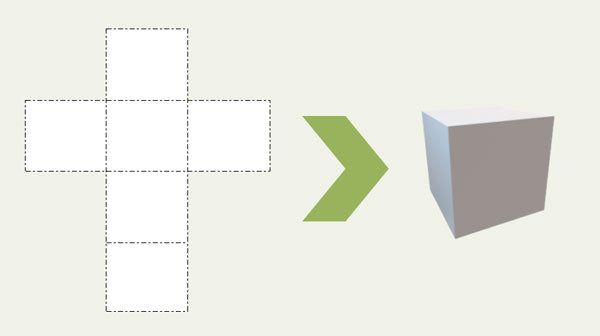


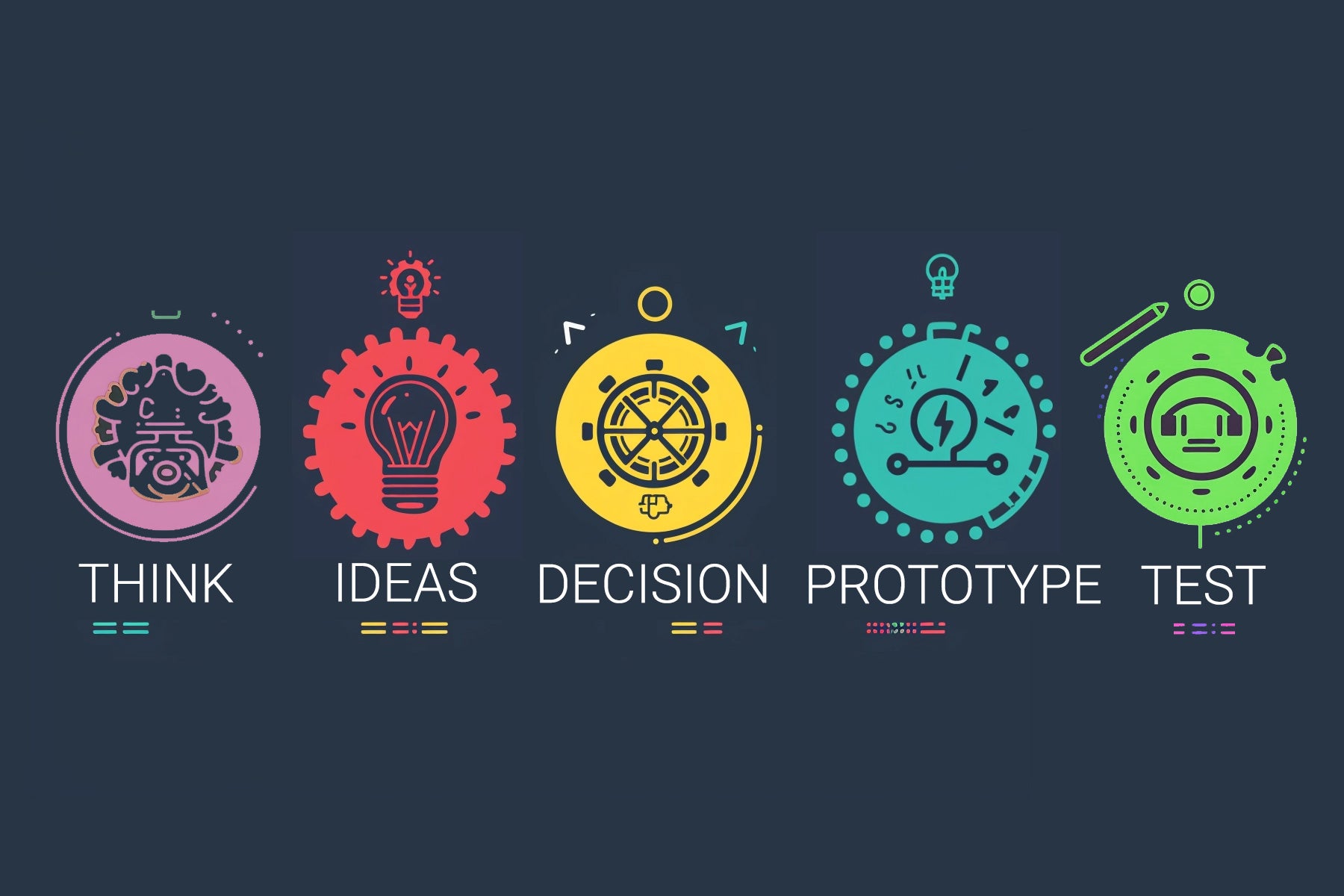
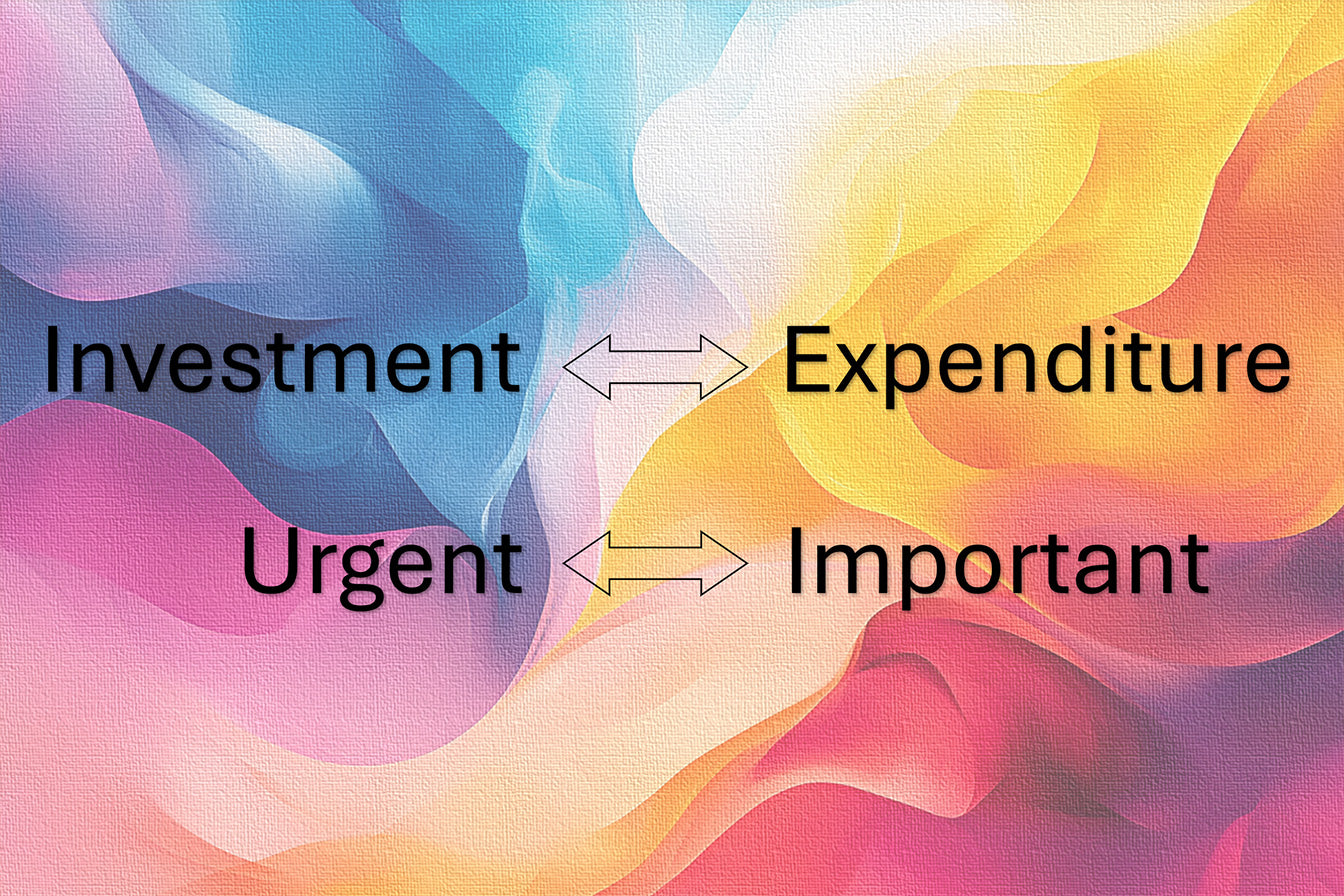
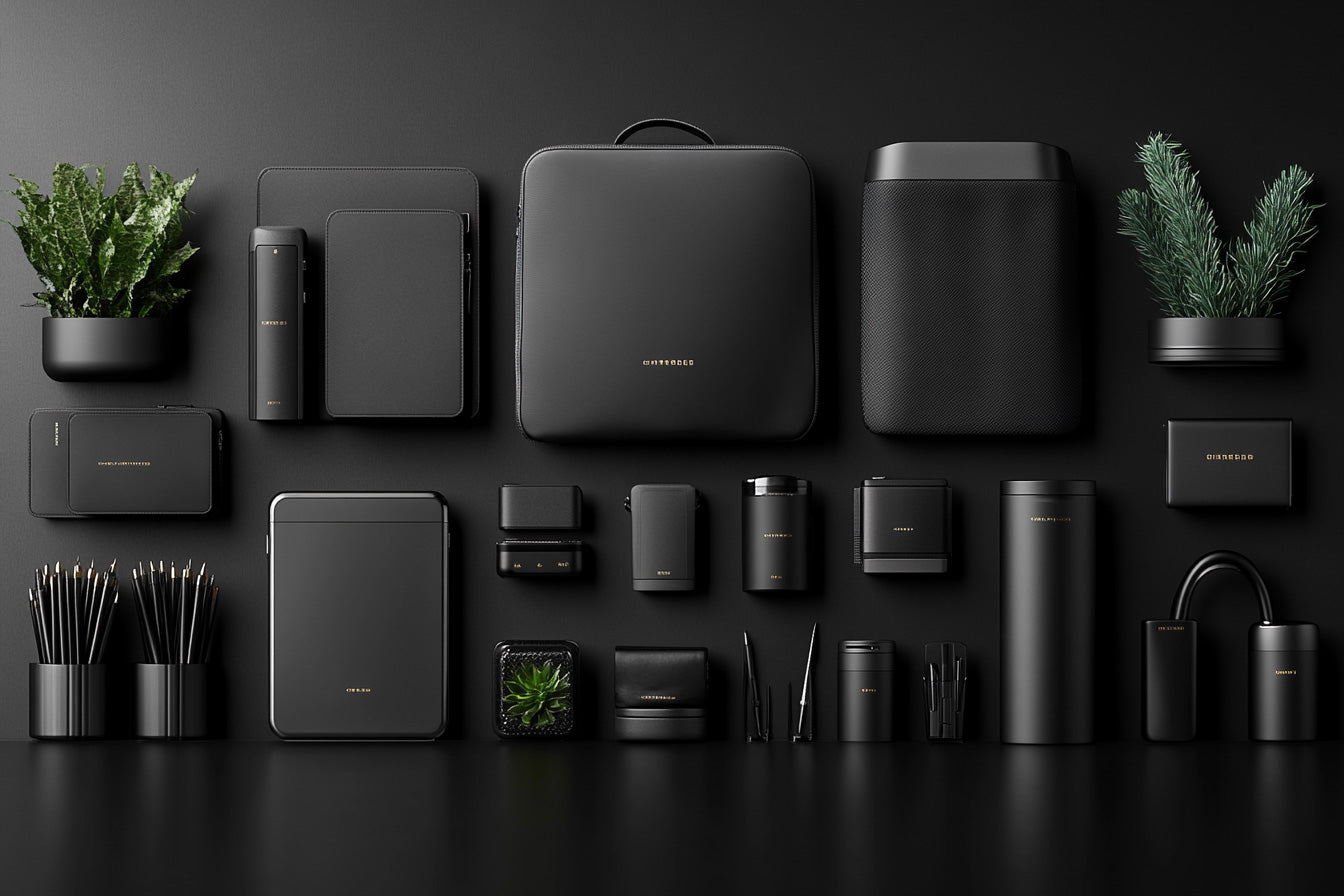
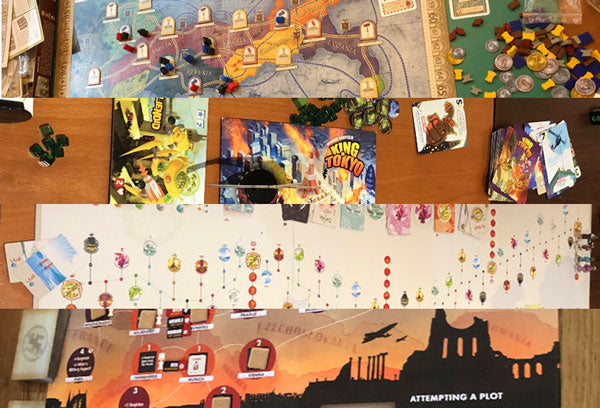


Leave a comment
All comments are moderated before being published.
This site is protected by hCaptcha and the hCaptcha Privacy Policy and Terms of Service apply.